This article was co-authored by Tara Coleman and by wikiHow staff writer, Caroline Heiderscheit. Tara Coleman is a Clinical Nutritionist who has a private practice in San Diego, California. With over 15 years of experience, Tara specializes in sports nutrition, body confidence, and immune system health and offers personalized nutrition, corporate wellness, and online learning courses. She received a BS in Biology from James Madison University and spent six years in the pharmaceutical industry as an analytical chemist before founding her practice. Tara has been featured on NBC, CBS, Fox, ESPN, and Dr. Oz The Good Life as well as in Forbes, Cosmopolitan, Self, and Runner’s World.
There are 7 references cited in this article, which can be found at the bottom of the page.
wikiHow marks an article as reader-approved once it receives enough positive feedback. In this case, 88% of readers who voted found the article helpful, earning it our reader-approved status.
This article has been viewed 349,567 times.
Whether it's due to a mental or physical illness, an injury, or a high baseline metabolism, low appetite can make it so hard to eat as much as you'd like to. When you're underweight, trying to put on some pounds may feel like a total uphill battle—but there are actually so many great strategies out there to help you get more food into your body everyday. For all of the best, science-backed tips on how to eat more food and gain some weight, read on.
Steps
Expert Q&A
-
QuestionWhat should I eat if I have no appetite?
 Katie Hake RDN, LDKatie Hake is a Registered Dietitian, Licensed Nutritionist, Fitness Professional and the Owner of Katie Hake Health & Fitness, LLC. She specializes in constructing sustainable life changes in health and fitness. Katie received a dual degree BS in Dietetics and Nutrition & Fitness and Health from Purdue University.
Katie Hake RDN, LDKatie Hake is a Registered Dietitian, Licensed Nutritionist, Fitness Professional and the Owner of Katie Hake Health & Fitness, LLC. She specializes in constructing sustainable life changes in health and fitness. Katie received a dual degree BS in Dietetics and Nutrition & Fitness and Health from Purdue University.
Registered Dietitian, Nutritionist & Certified Personal Trainer Snack on foods that are both tasty and easy to digest. Sipping on an energy-dense smoothie or soup might be a good starting point.
Snack on foods that are both tasty and easy to digest. Sipping on an energy-dense smoothie or soup might be a good starting point. -
QuestionHow do you not get overwhelmed by food?
 Katie Hake RDN, LDKatie Hake is a Registered Dietitian, Licensed Nutritionist, Fitness Professional and the Owner of Katie Hake Health & Fitness, LLC. She specializes in constructing sustainable life changes in health and fitness. Katie received a dual degree BS in Dietetics and Nutrition & Fitness and Health from Purdue University.
Katie Hake RDN, LDKatie Hake is a Registered Dietitian, Licensed Nutritionist, Fitness Professional and the Owner of Katie Hake Health & Fitness, LLC. She specializes in constructing sustainable life changes in health and fitness. Katie received a dual degree BS in Dietetics and Nutrition & Fitness and Health from Purdue University.
Registered Dietitian, Nutritionist & Certified Personal Trainer Try eating smaller meals and snacks! These might be easier to tolerate than a large meal.
Try eating smaller meals and snacks! These might be easier to tolerate than a large meal. -
QuestionWhy would anyone want to eat more?
 Community AnswerSome people are underweight or looking to gain muscle mass.
Community AnswerSome people are underweight or looking to gain muscle mass.
References
- ↑ https://www.mayoclinic.org/healthy-lifestyle/nutrition-and-healthy-eating/expert-answers/underweight/faq-20058429
- ↑ https://www.mayoclinic.org/healthy-lifestyle/nutrition-and-healthy-eating/expert-answers/underweight/faq-20058429
- ↑ https://www.mayoclinic.org/diseases-conditions/cancer/in-depth/cancer/art-20045046
- ↑ https://www.med.unc.edu/anesthesiology/enhancedrecovery/wp-content/uploads/sites/492/2017/11/Poor_Appetite.pdf
- ↑ https://www.mayoclinic.org/healthy-lifestyle/nutrition-and-healthy-eating/expert-answers/underweight/faq-20058429
- ↑ https://pubmed.ncbi.nlm.nih.gov/26653842/
- ↑ https://pubmed.ncbi.nlm.nih.gov/24898233/
- ↑ https://pubmed.ncbi.nlm.nih.gov/27317834/
- ↑ https://www.mayoclinic.org/diseases-conditions/cancer/in-depth/cancer/art-20045046
- ↑ https://www.med.unc.edu/anesthesiology/enhancedrecovery/wp-content/uploads/sites/492/2017/11/Poor_Appetite.pdf
- ↑ https://www.mayoclinic.org/diseases-conditions/cancer/in-depth/cancer/art-20045046
- ↑ https://www.mayoclinic.org/diseases-conditions/cancer/in-depth/cancer/art-20045046
- ↑ https://www.mayoclinic.org/healthy-lifestyle/recipes/highcalorie-highprotein-smoothie/rcp-20049859
- ↑ https://www.med.unc.edu/anesthesiology/enhancedrecovery/wp-content/uploads/sites/492/2017/11/Poor_Appetite.pdf
- ↑ https://www.med.unc.edu/anesthesiology/enhancedrecovery/wp-content/uploads/sites/492/2017/11/Poor_Appetite.pdf
- ↑ https://www.med.unc.edu/anesthesiology/enhancedrecovery/wp-content/uploads/sites/492/2017/11/Poor_Appetite.pdf
- ↑ https://www.med.unc.edu/anesthesiology/enhancedrecovery/wp-content/uploads/sites/492/2017/11/Poor_Appetite.pdf
About This Article
To eat more food to bulk up, drink protein shakes between meals to get extra calories. During mealtimes, make sure to eat plenty of protein so you're building muscle, and then supplement your meals with whole grains, fresh fruits, and healthy fats, such as peanut butter, nuts, and seeds. You can also drink 3 glasses of milk a day, either with or between meals, to add more muscle building fats to your diet. To learn how to eat breakfast to spark your metabolism and make you more hungry throughout the day, keep reading!
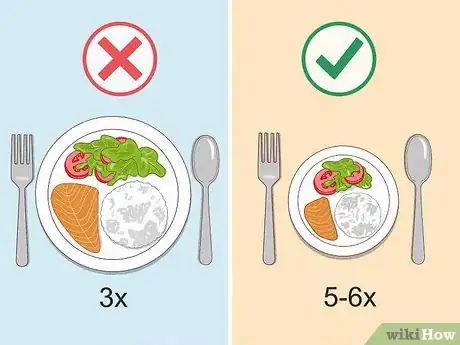
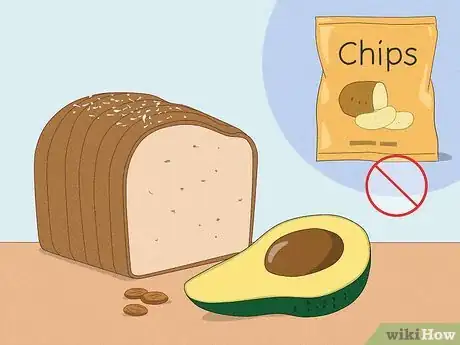
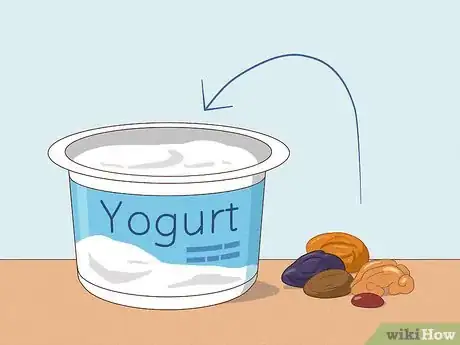
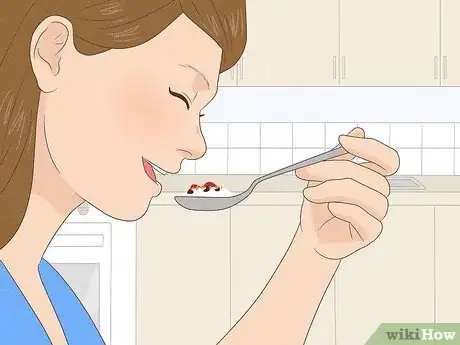
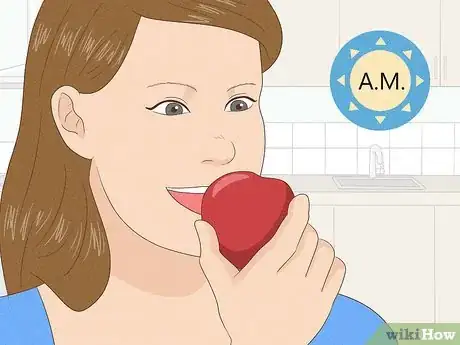


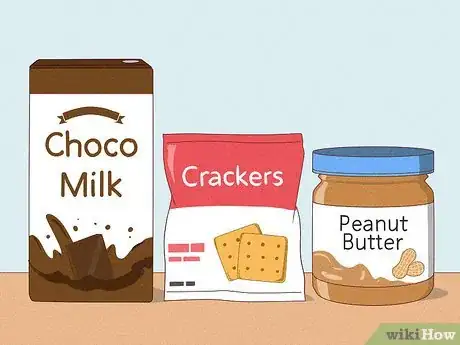
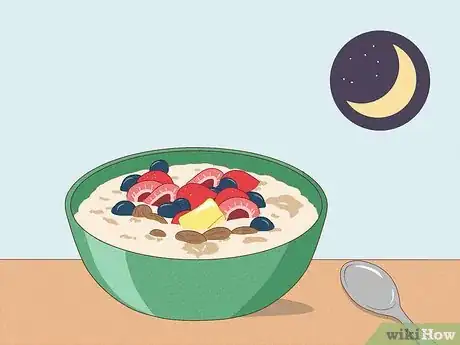

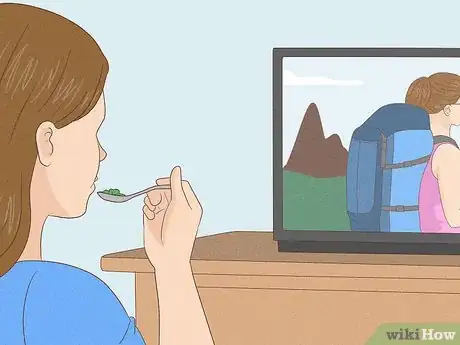
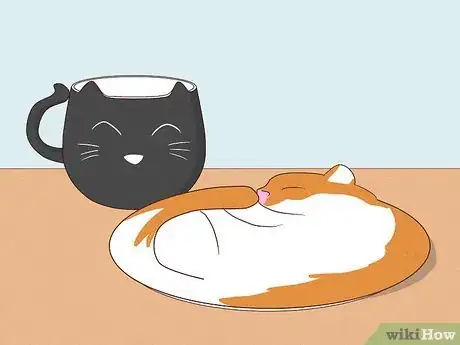
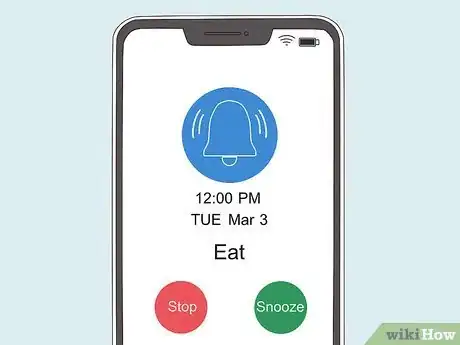



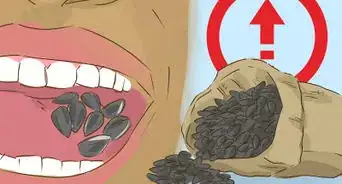

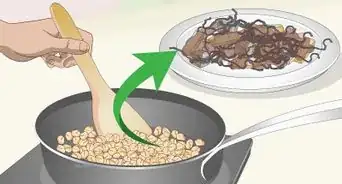




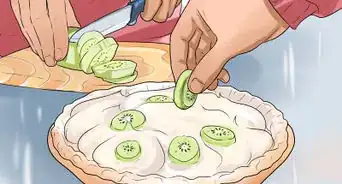


















































Medical Disclaimer
The content of this article is not intended to be a substitute for professional medical advice, examination, diagnosis, or treatment. You should always contact your doctor or other qualified healthcare professional before starting, changing, or stopping any kind of health treatment.
Read More...